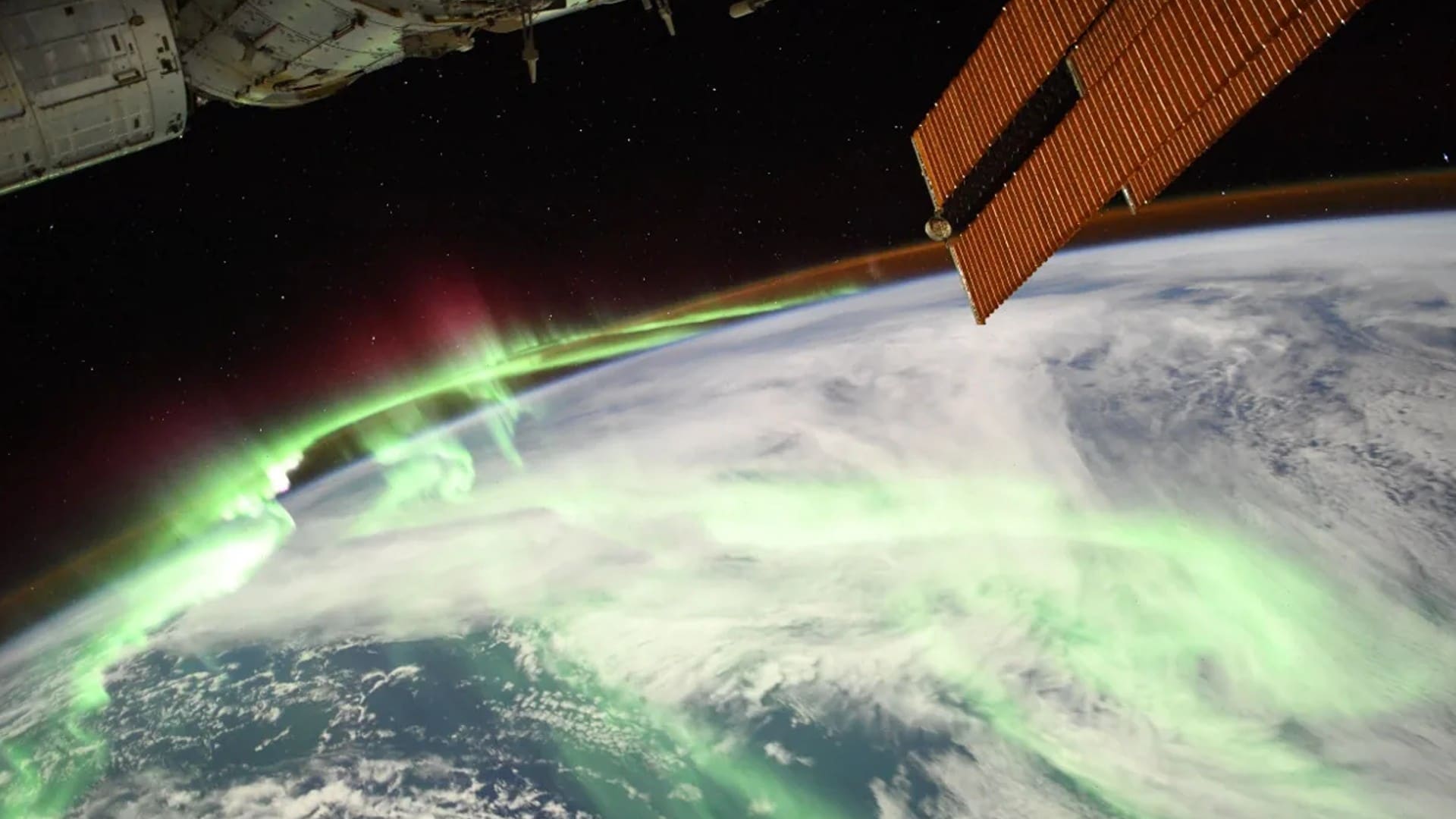We can all assume that many of us have seen the full moon at least once in our lifetime. Since a full moon occurs about every 30 days, and the moon can be seen around the Earth.
Getting a glimpse of the Aurora Polaris (polar lights) is much more difficult. These stunning displays of color only occur near the Earth’s polar regions, and are also called the Aurora Borealis (northern lights) or the Aurora Australis (southern lights). Auroras can only be seen in the Arctic or Antarctic regions. Even then, you can never be sure you will catch one, but at least you will be able to try.
However, that’s nothing compared to seeing our planet from hundreds of kilometers above. Fewer than a few hundred people have ever had the privilege of existing on this planet among the billions.
Astronauts aboard the International Space Station were able to view the Earth below as well as the southern lights and a full moon this month.
Thanks to Thomas Pesquet, an astronaut with the European Space Agency, it is now possible to relive that moment. On Twitter, Pesquet posted images and a timelapse video of the incredible sight.
Another #aurora but this one is special as it is so bright. It is the full Moon 🌕 lighting up the shadow side of Earth 🌎 almost like daylight. 🌞 #MissionAlpha https://t.co/vhJVPNqE1D pic.twitter.com/bcx6NNZsrj
— Thomas Pesquet (@Thom_astro) September 24, 2021
“Another aurora, but this one is special as it is so bright. It is the full moon lighting up the shadow side of Earth almost like daylight,” wrote on Twitter. Credit: Thomas Pesquet/ESA/NASA
https://twitter.com/i/status/1437883612813201414
“Clouds compete for attention in this aurora timelapse over a blue ocean,” he wrote on Twitter. Credit: Thomas Pesquet/ESA/NASA
Polar lights form when charged particles ejected from the surface of the Sun collide with plasma in the Earth’s magnetic field. Therefore, the charged particles, mainly electrons and protons, enter the Earth’s upper atmosphere and become ionized. As they fall, they emit lights in varying colors, mainly greenish-purple, and look like a comet’s tail.
